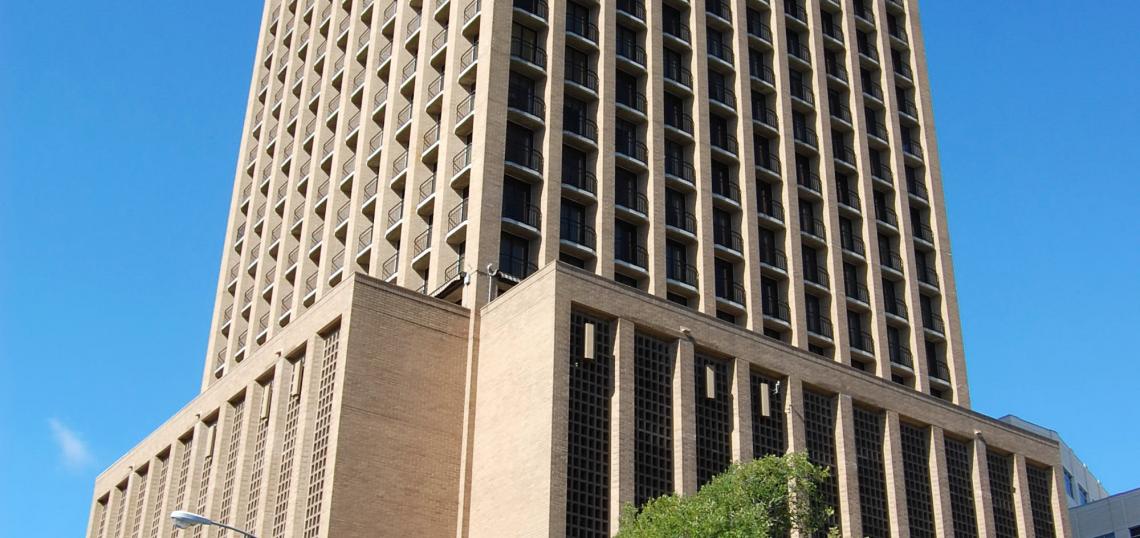Tax breaks for condo owners are getting in the way of historic zoning for Westgate Tower.
Built in 1966, the 26-story, 261-foot-tall residential building at 1122 Colorado Street was added to the National Register of Historic Places in 2010. But that designation doesn't mean it qualifies for historic preservation under city regulations.
Both commercial and residential properties designated as city historic landmarks qualify for tax abatements. Those breaks would apply to Westgate condo owners, who said they applied for historic zoning to protect the building from redevelopment, among other reasons. “The Westgate is not immune from fears of redevelopment, and in our opinion, this location does not need to be another large glass rectangular building like so many properties have become,” applicant Brian Evans, who is representing condo owners, said.
The tower across the street from the Texas Capitol has is a familiar figure to Austin citizens, especially those who lived in the city before downtown skyscrapers were the norm. Its location and its former status as home to the Headliners Club also means it's steeped in state history. It was designed by Edward Durell Stone, whose work includes the Museum of Modern Art and the Radio City Music Hall and Theater Center in Rockefeller Center. City staffers say the Westgate Tower is an “excellent example of New Formalism."
The Historic Landmark Commission voted in July to recommend historic zoning for the tower, but last week the Planning Commission put off its decision on the matter over concerns about the tax breaks condo owners would get under the designation. The abatements this year would amount to about $510,546 for all the units combined.
Among the commissioners, there was little disagreement that the building is historic, but some took issue solely with the abatements, arguing that they were not the best use of money that would otherwise go to the city budget and the school district. Others said that the commission doesn't oversee tax breaks and that it should weight the matter solely as a zoning case.
Evans said the tax breaks would allow the condo association to charge higher maintenance fees to provide for preservation-conscious repairs, which can be more costly than their historically insensitive counterparts. He said the building has needed about $2 million in repairs in the past two years.
Commissioner Robert Schneider proposed postponing the case to explore historic zoning for the building's exterior and lobby only to avoid giving abatements for individual condos. The commission voted to postpone the case until Sept. 26.






